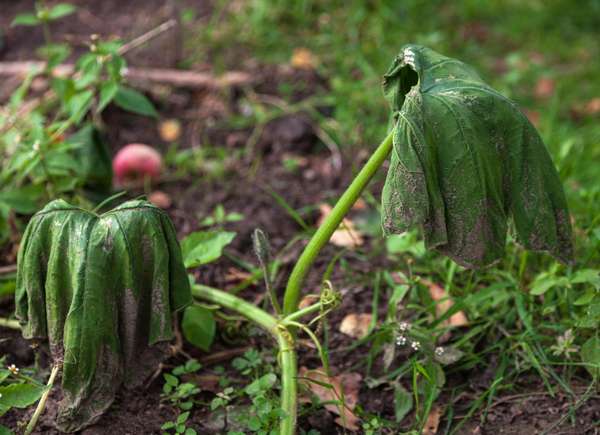Heat waves are becoming more common around the globe, with fires and dangerous levels of heat affecting various regions. In fact, NASA reports that 19 of the hottest years on record have occurred since 2000, and 2020 tied the record for the hottest year since 1880. As temperatures continue to rise, it’s important to take steps to protect your plants and garden during these extreme weather events.
Mulch Your Beds
One of the best ways to protect your plants from hot summer weather is by adding mulch to your garden. Mulch helps conserve moisture and keeps the area around the base of your plants cool. You can use shredded leaves, straw, or wood chips as mulch options. When applying mulch, make sure to lay it 2 to 3 inches thick, but avoid piling it on too thickly as it can suffocate plant roots. Also, keep the mulch a few inches away from the bases of trees to prevent rot and disease.

Add Shade
Even heat-loving plants can benefit from some temporary shade during extremely hot weather. Shade cloth is an easy and relatively inexpensive option for providing sun protection. You can lay it over a greenhouse or install it over outdoor plantings. This will help prevent your plants from wilting or burning in the intense heat.
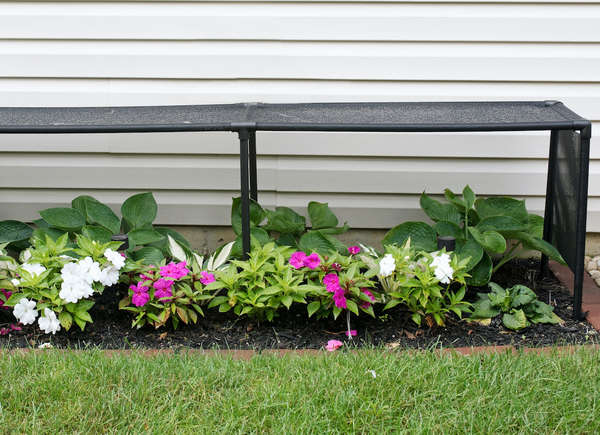
Water Regularly
During a heat wave, it’s crucial to water your plants regularly as they will be extra thirsty. Deep watering is important as extreme temperatures can impair plants’ ability to take up water through their roots. Consider using treatments like Sunday Lawn Care’s Lawn Aid and Water Focus to boost water retention in your soil and increase drought tolerance. Water at the base of each plant using a hose or watering can, and avoid overspraying on leaves. Container plants may need even more water than in-ground greenery, so keep a close eye on them.
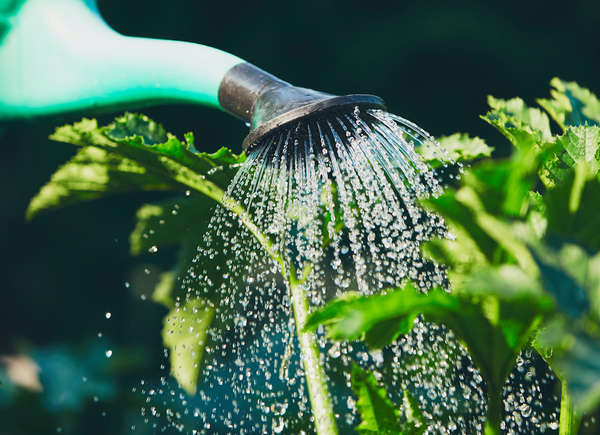
Water Early
Watering your plants early in the day, before the sun reaches its peak, ensures that more water reaches the roots before evaporating. Use a drip irrigation system, an adjustable hose nozzle, or water by hand to ensure targeted watering. Running a sprinkler may not be the most water-efficient approach during a heat wave, and it could even result in fines in areas with water shortages.
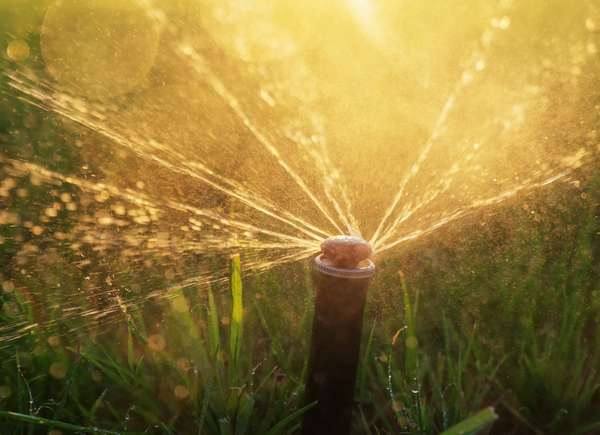
Coddle Seedlings
Newly planted seedlings and transplants are more vulnerable to hot and dry conditions. These baby plants need extra care during a heat wave. If you have a large garden, focus your attention on the young and vulnerable plants that are more likely to suffer in the heat. Mature plants can handle some stress, but it’s important to prioritize the well-being of the young ones.
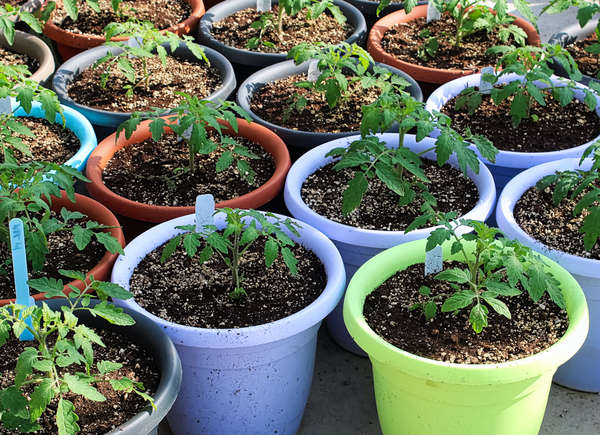
Install Irrigation
Consider using a soaker hose for irrigation in your garden. This type of hose is permeated with tiny pores that allow water to seep into the soil. You can lightly bury the hose under mulch or soil to ensure that the water reaches the roots of your plants. Water delivered through a soaker hose is less prone to evaporation compared to water sprayed by a traditional sprinkler. Investing in a digital hose timer can make watering even more convenient and efficient.
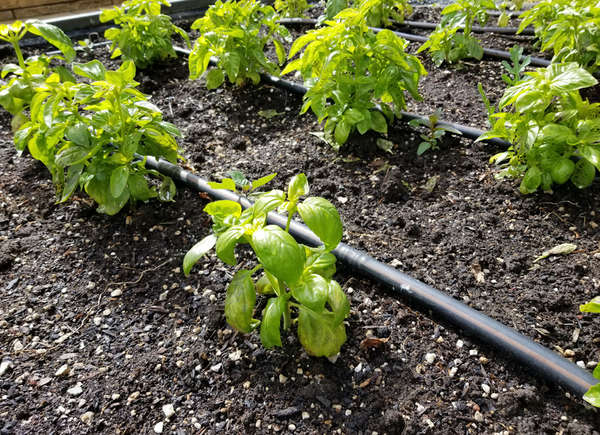
Avoid Stressing Your Plants
Tasks like pruning, fertilizing, and transplanting can cause stress for plants, especially during a heat wave. It’s best to avoid these activities during extreme weather conditions as they can further strain the plants. Wait until the heat wave has passed to tackle heavy-duty garden tasks and focus on providing the necessary care and protection to help your plants survive.
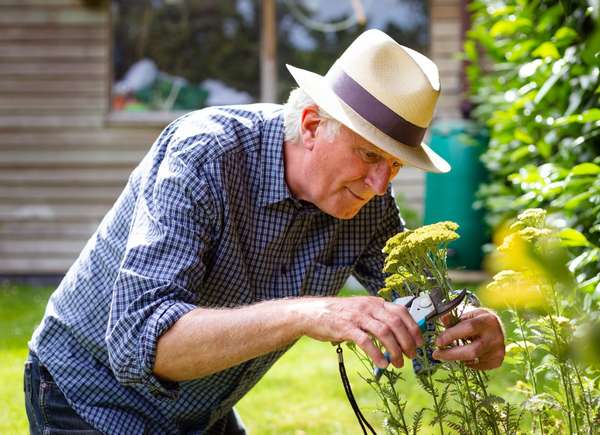
Move Containers
If you have container plants, take advantage of their mobility. Move them to shadier areas during a heat wave to protect them from excessive sun exposure. You can even bring containers of cool-season vegetables indoors during periods of hot weather. This flexibility allows you to create a more suitable environment for your plants and increase their chances of survival.
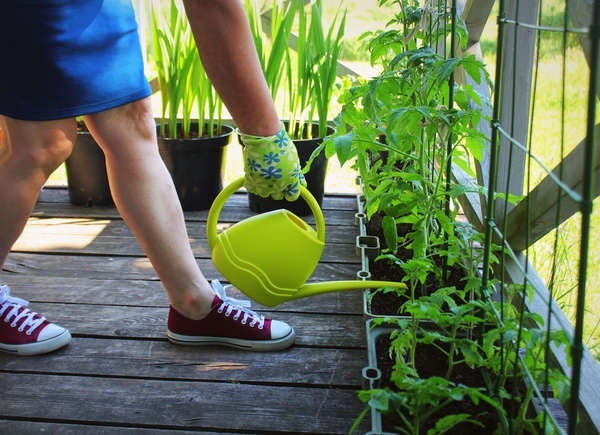
Use Other Plants as Protection
When planning your garden, consider using other plants as natural protection against heat waves. Transplant delicate seedlings under tall plants or sow seeds below lush vegetation to shield them from direct sunlight. The shade provided by mature foliage creates a microclimate that offers slightly different conditions for plants. Observing how the sun moves through your yard and identifying areas with cooler temperatures can help you strategically position your plants for optimal growth and protection during heat waves.

Check Water Regulations
Before watering your plants, be aware of any water regulations in your area. Some towns have implemented rules to prevent water waste and ensure sustainable water supplies during heat waves. Familiarize yourself with these regulations to avoid fines and contribute to water conservation efforts.
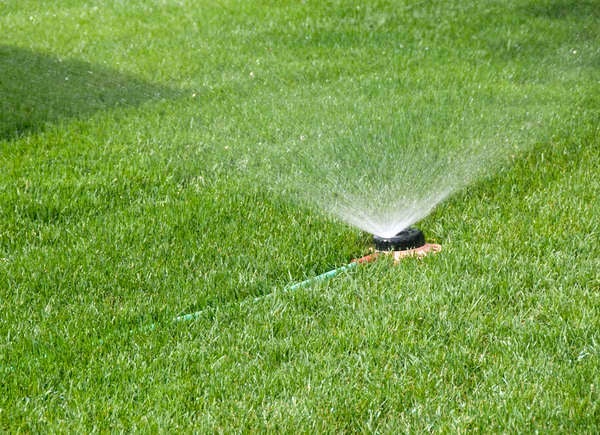
Stay in Your Zone
Climate change affects not only the hottest days but also the overall growing conditions for plants. Growing seasons, plant hardiness zones, and the number of hot days are all impacted by global warming. It’s important to choose plants that are native to your region or are well-adapted to the local climate. Native plants are more likely to tolerate heat extremes and have a better chance of survival during heat waves. Consider the natural conditions of your area and select plants accordingly to ensure their long-term health and resilience.
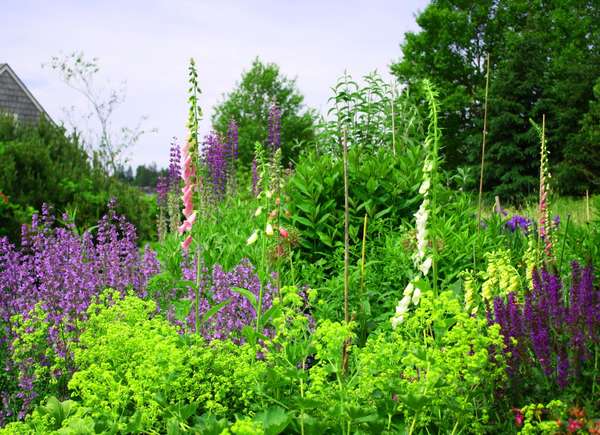
Watch the Weather
Monitoring the weather forecast is essential during a heat wave. While morning watering is generally recommended, plants can benefit from a drink at night when temperatures are exceptionally high. Water your vegetables, shrubs, and flowers the night before a heat wave to ensure they have enough moisture. Water slowly and deeply to allow the water to reach the roots. If necessary, cover tender or young plants with temporary shade to protect them from the intense sun. Pay attention to signs of heat stress in your plants and take appropriate measures to support their well-being.
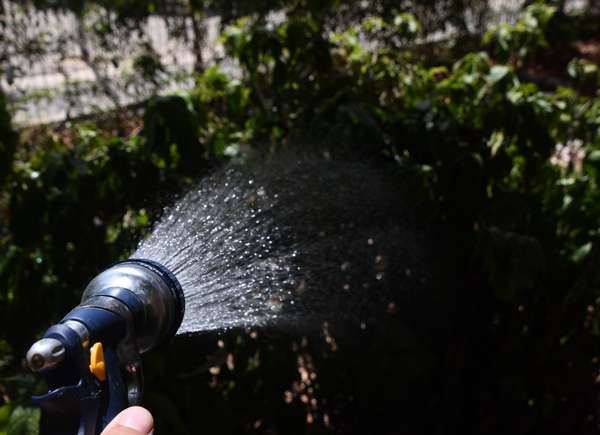
Keep Weeds Down
Weeds can compete with your plants for water and nutrients, making it even more important to keep them under control during a heat wave. Weeds can also contribute to water loss and hinder the growth of your plants. Stay ahead of the weed problem by regularly pulling them out, especially before a heat wave hits. Opt for manual weed removal rather than using herbicide sprays, as they can drift and harm other plants.
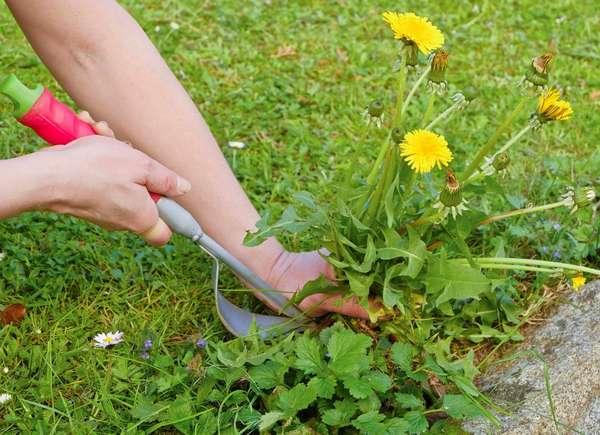
Learn the Signs of Heat Stress
It’s important to be able to recognize the signs of heat stress in your plants. Leaves of certain crops may roll upward and cup in extreme heat, while wilting can be a sign of low water. However, wilting can also be a natural response to conserve moisture during hot weather. Look for signs of sunscald, dry edges on leaves, and decreased fruit and flower production. Understanding these signs will help you determine if your plants are experiencing heat stress and take appropriate action to support their recovery.
